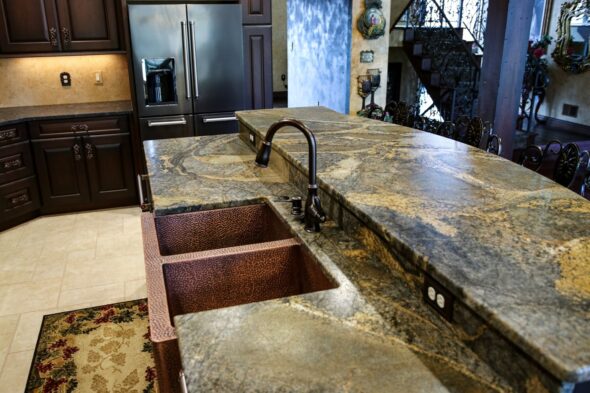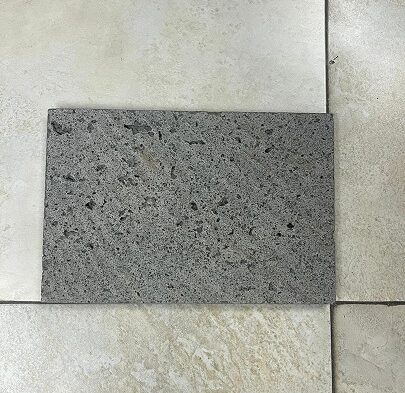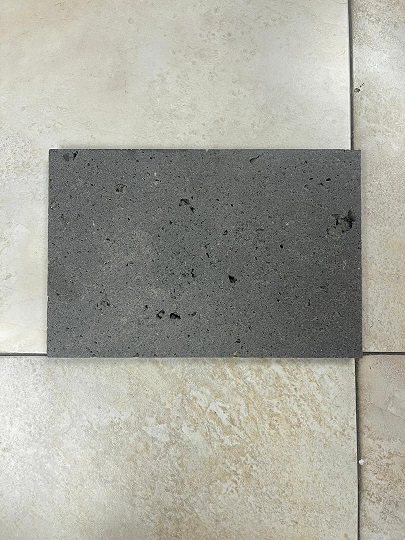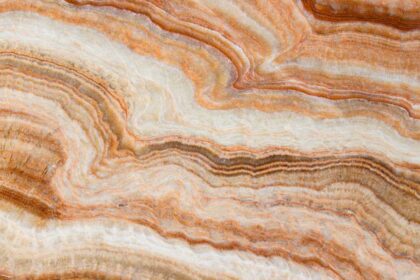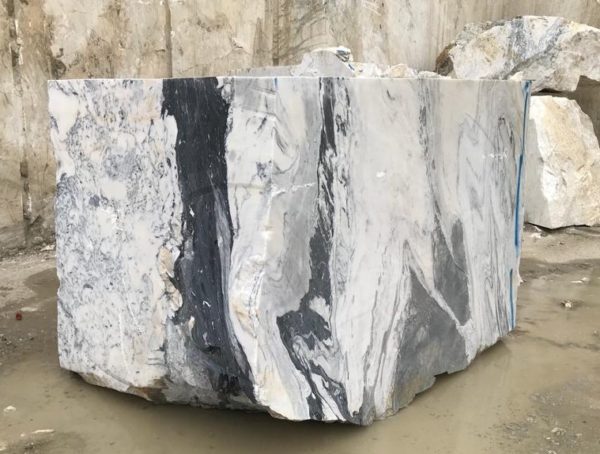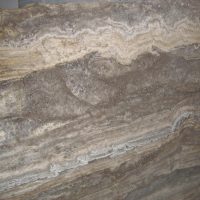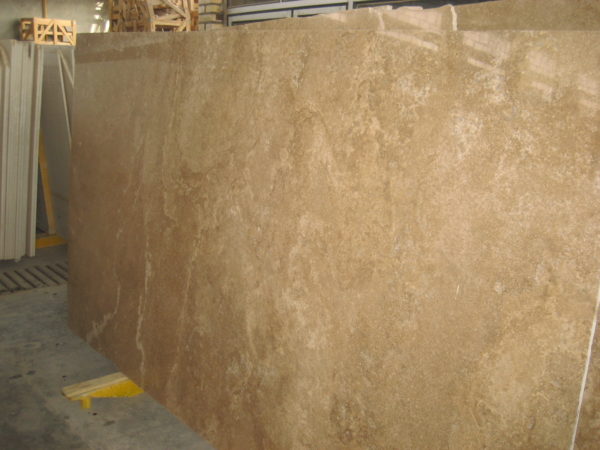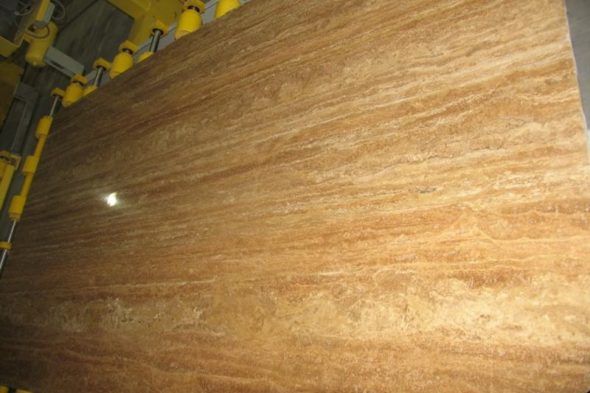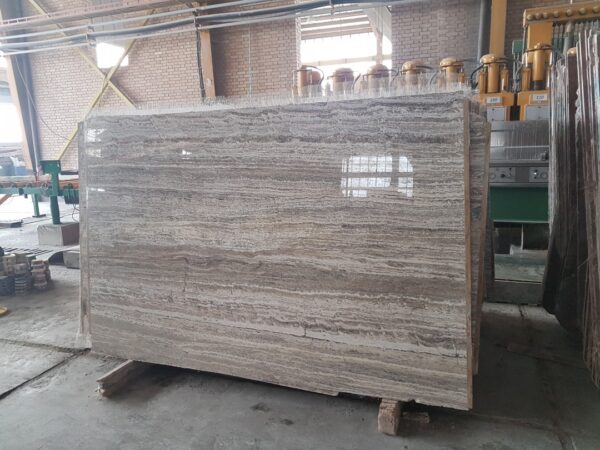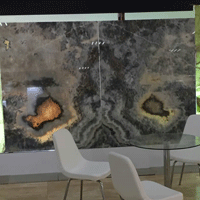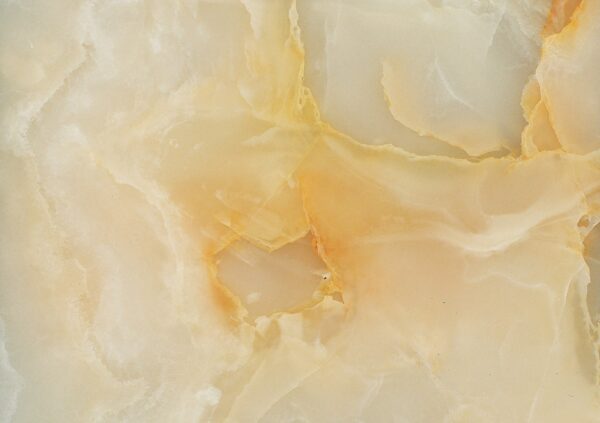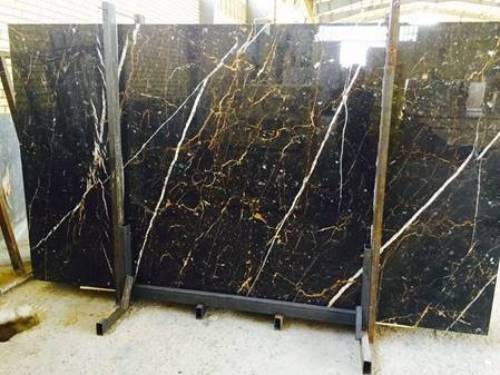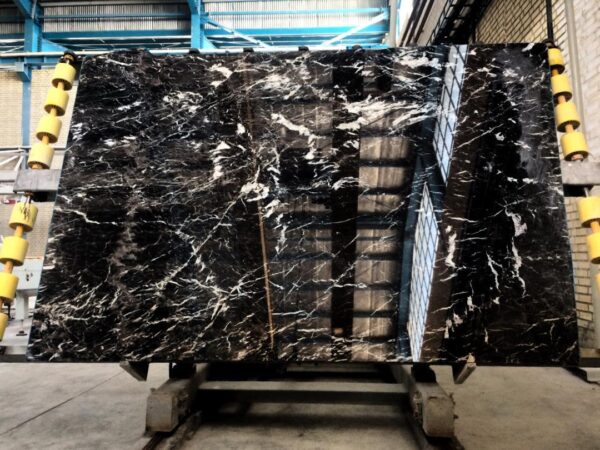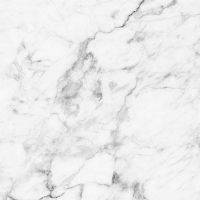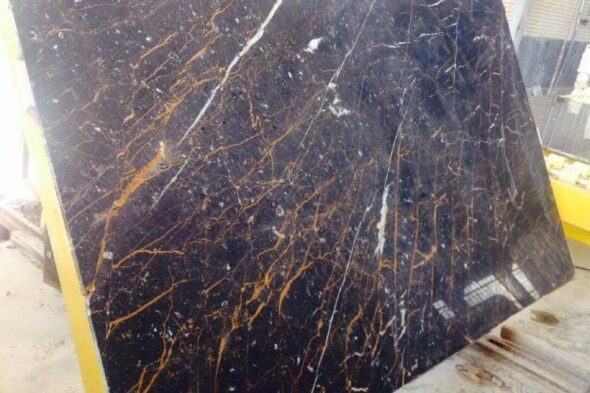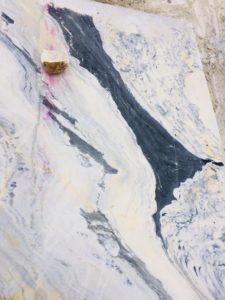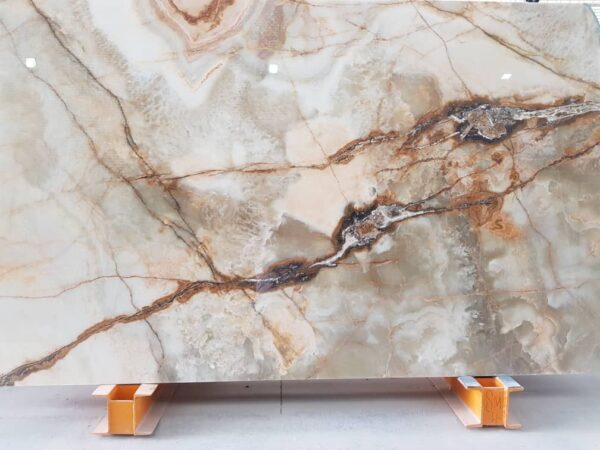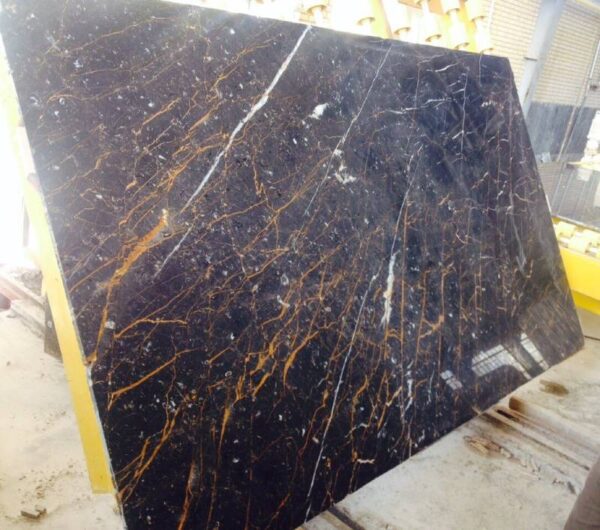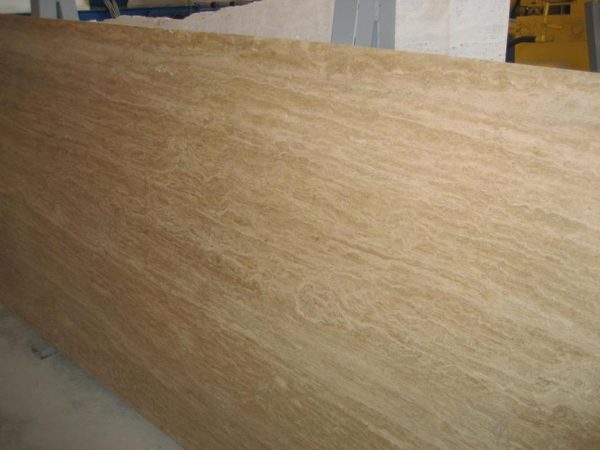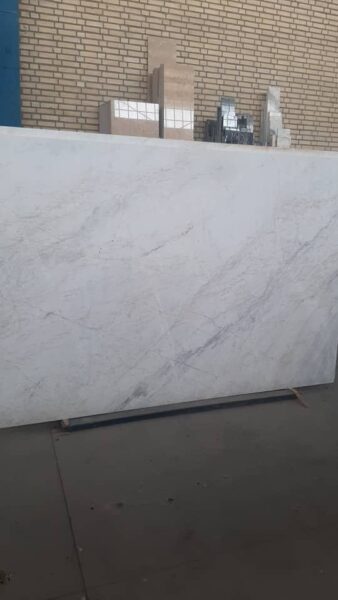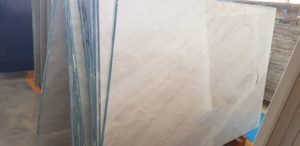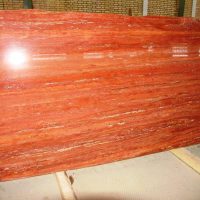Dubai is knowing for its modern architecture and luxury home designs. The choice of materials plays a significant role in creating the city’s iconic skyline and interiors. Among the various materials used, stone has become one of the most preferred choices for home designers in Dubai. Stones like marble, limestone, and granite are frequently used due to their durability, aesthetic appeal, and timelessness. In this article, we explore the most used stones in Dubai’s home design market and why they are favored for creating luxurious living spaces.
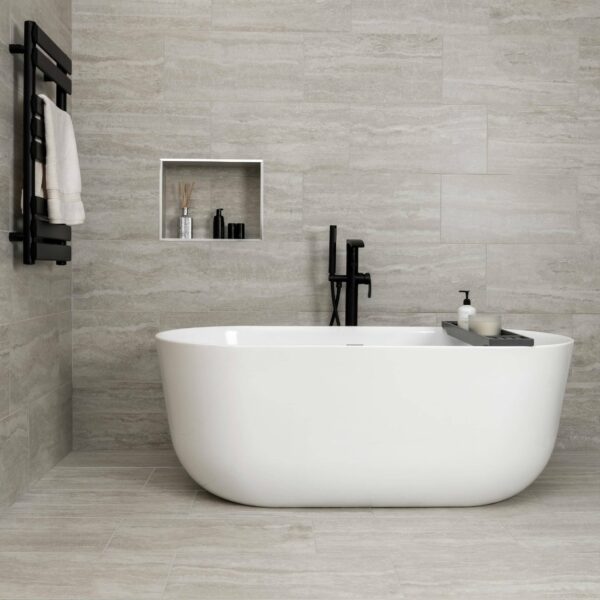


Why Stone is Popular in Dubai’s Home Design
Stone materials are a staple in Dubai’s home design for several reasons. They offer long-lasting quality, unique beauty, and versatile applications, which makes them ideal for the city’s modern and high-end homes. Here are some reasons why stone is a top choice:
- Durability: Stone is highly durable and resistant to the harsh climate of Dubai, making it ideal for both interior and exterior applications.
- Luxury Appeal: Stones such as marble and granite are synonymous with luxury and opulence, which perfectly aligns with the lavish lifestyle in Dubai.
- Heat Resistance: Stone’s natural properties help regulate temperature, providing a cool environment even during the hot summer months.
The Most Popular Stones Used in Home Design in Dubai
1. Marble: The Symbol of Elegance and Luxury
Marble is one of the most iconic stones used in Dubai’s home design, renowned for its sleek appearance and luxurious finish. It is commonly used in flooring, countertops, bathrooms, and wall cladding. Its variety of colors, patterns, and veining makes it a preferred choice for those looking to create an opulent atmosphere in their homes.
- Why Marble? The elegance and sophistication of marble make it a popular choice for creating stunning interiors, especially in high-end villas and luxury apartments.
2. Limestone: A Classic Stone with Timeless Appeal
Limestone is a versatile and attractive stone used extensively in Dubai’s home design. Its warm tones and natural texture give it a timeless quality that works well in both contemporary and traditional designs. Limestone uses for exterior facades, flooring, and even garden features, giving homes a natural and earthy charm.
- Why Limestone? Its natural look and heat resistance make limestone a great choice for homes in Dubai, especially in outdoor living spaces and facades.
3. Granite: The Durable and Practical Choice
Granite is a durable and versatile stone that is commonly uses in both kitchens and bathrooms. It is particularly favored for countertops and flooring due to its resistance to scratches, stains, and heat. With its polished finish and variety of colors, granite complements the luxurious feel of Dubai homes while offering practical benefits.
- Why Granite? Granite’s durability, combined with its sophisticated appearance, makes it an ideal choice for high-traffic areas and functional spaces in Dubai homes.
How to Choose the Right Stone for Your Dubai Home
Selecting the right stone for your home in Dubai depends on various factors such as the area of application, the desired aesthetic, and the budget. While marble adds an air of luxury, granite provides durability, and limestone offers timeless beauty. Consult with a professional designer or contractor to determine which stone best fits your needs and preferences for a cohesive design.

